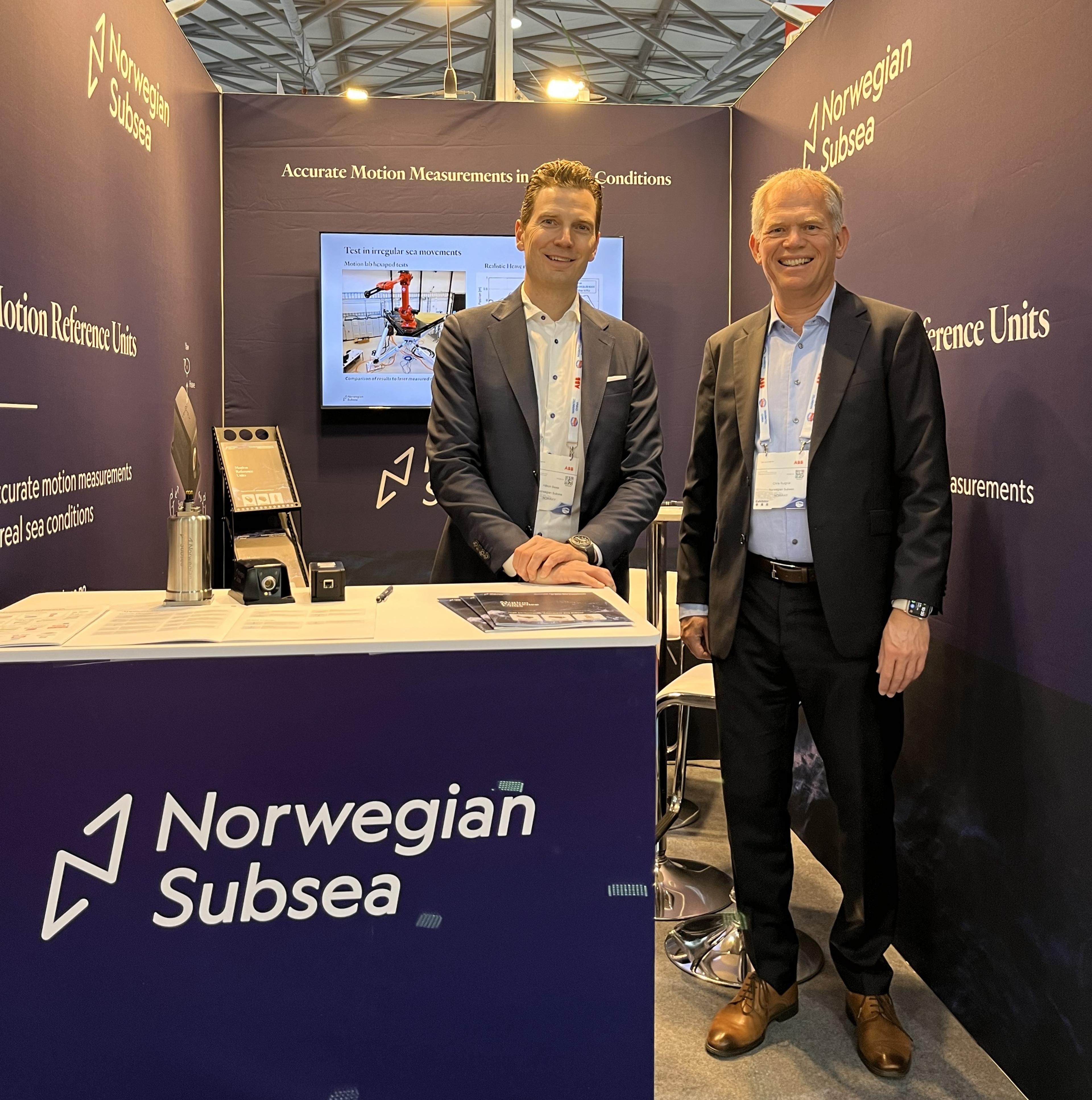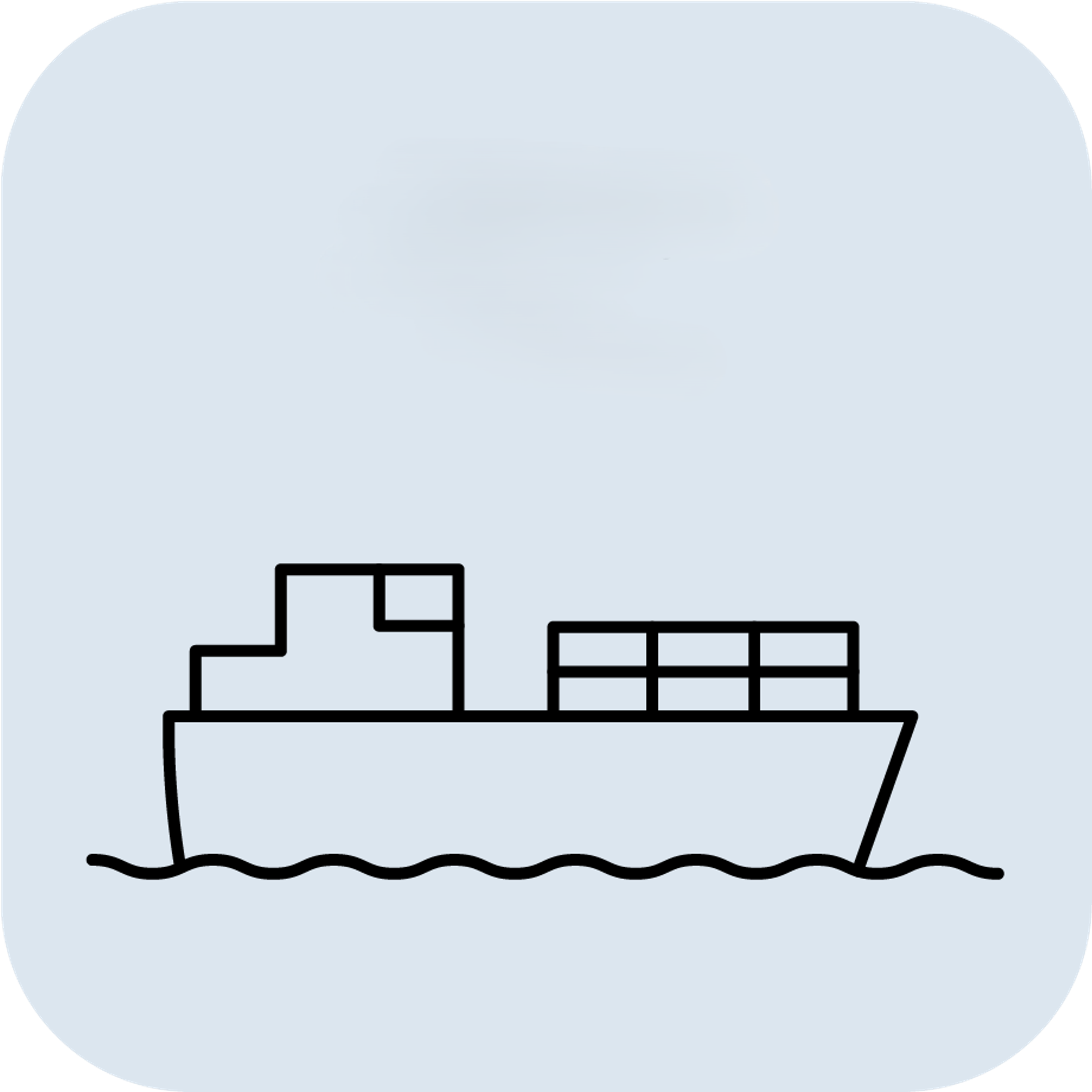Why are MRUs important for DNV's ASP class notation?
What is the purpose of the MRU in classed vessels?
The MRU (Motion Reference Unit) monitors vessel motions to evaluate risks related to sloshing and structural fatigue in cargo containment systems. It supports a condition-based inspection regime under DNV’s Alternative Survey Programme (ASP).
When is the MRU required?
The MRU is required for vessels with the ASP class notation that include the MRU qualifier. It is not mandatory for all vessels but becomes necessary when motion data is used as part of the alternative inspection strategy.
What documentation must be provided for annual surveys?
For vessels with the MRU qualifier, the following must be submitted:
- Motion sensor records (MRU data).
- Evaluation report if motions have exceeded design assumptions.
- Valid calibration certificates for the MRU.
Why is the MRU important in the Alternative Survey Programme (ASP)?
The MRU enables reduced physical tank inspections by supplying motion data that confirms operational conditions remain within design limits. This supports a risk-based approach to cargo tank survey requirements.
This information relates to DNV-RU-SHIP Part 7 Fleet in service – retention of class - Chapter 5 Periodical surveys - in-operation class notations



